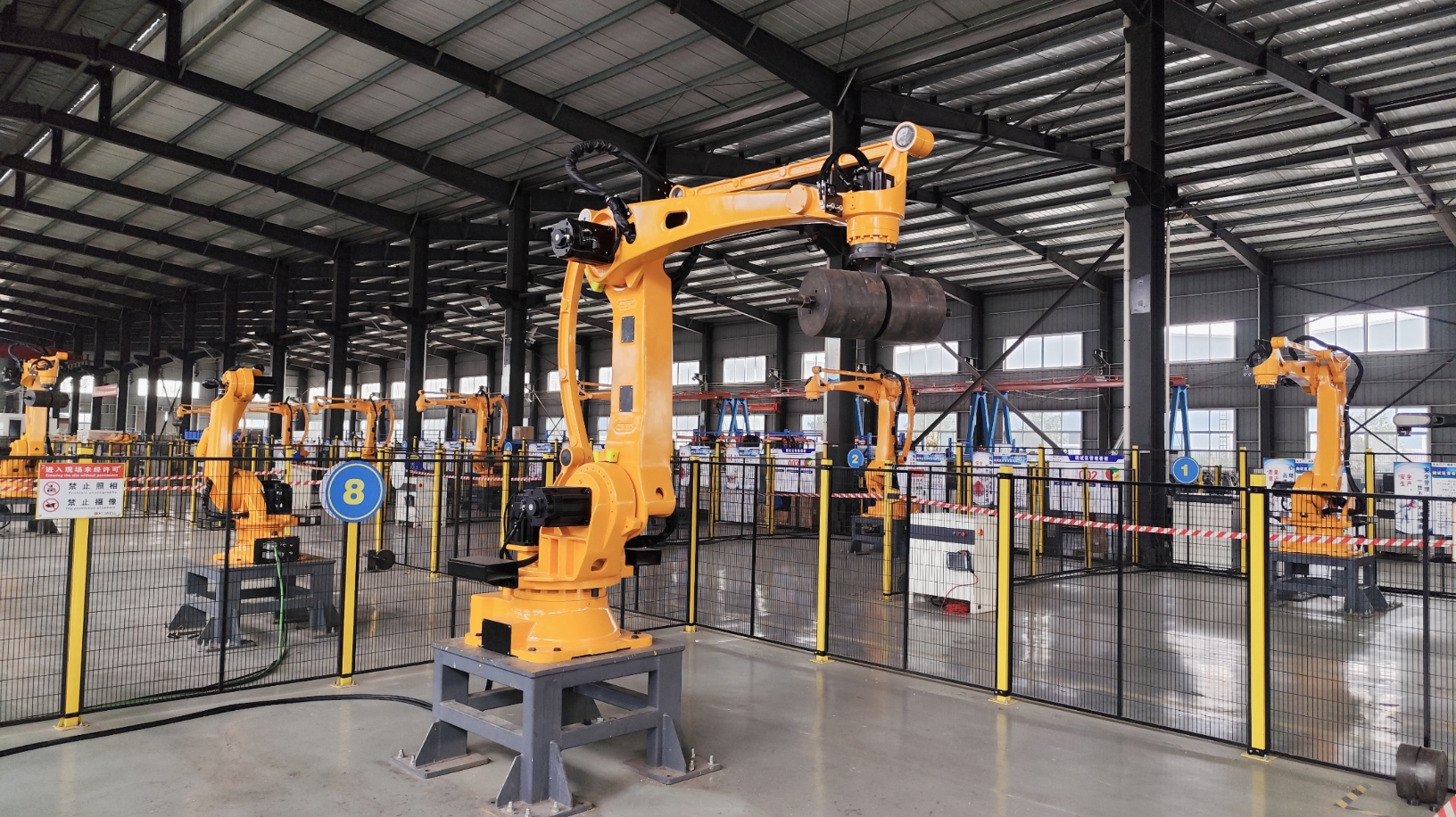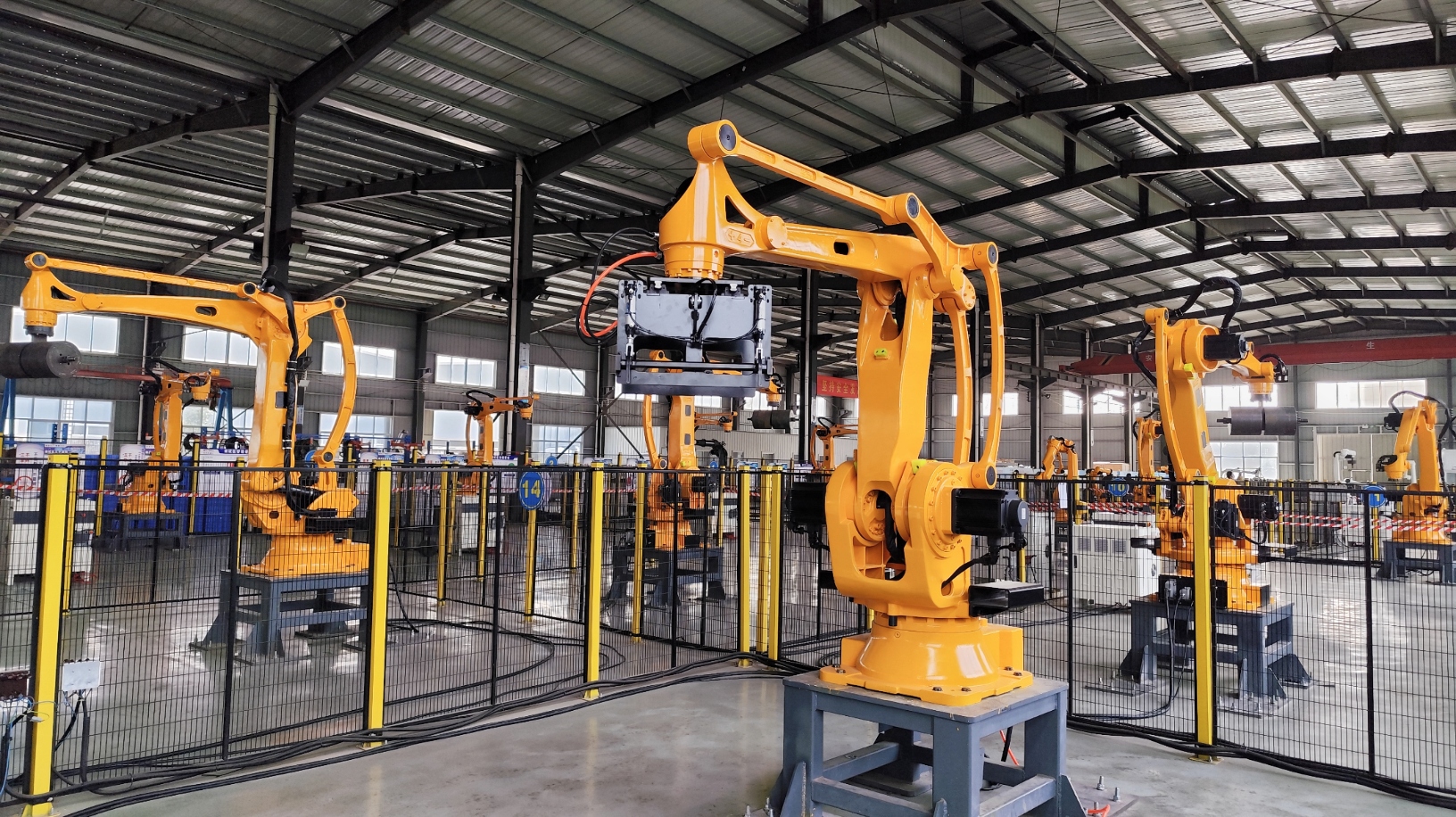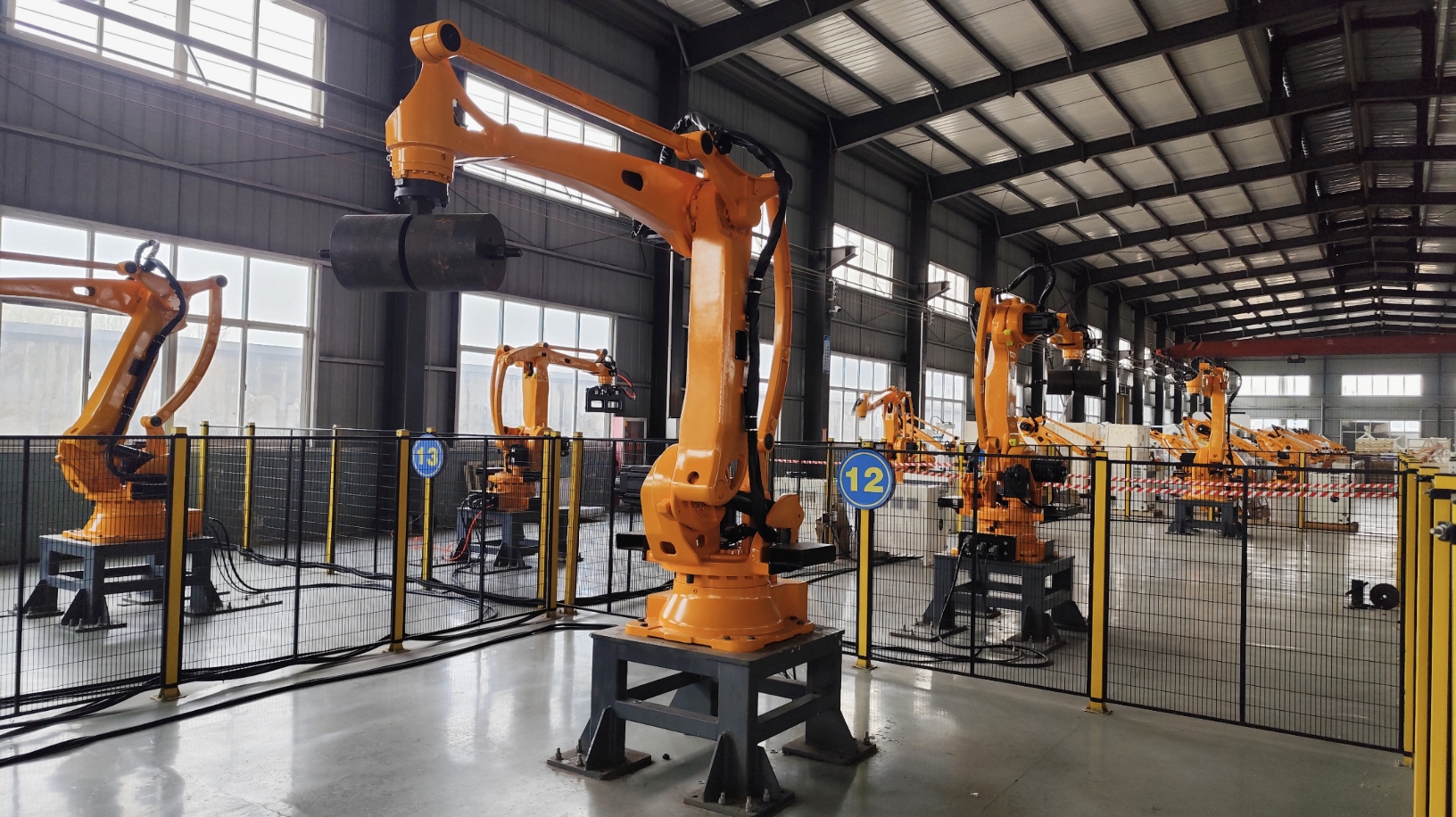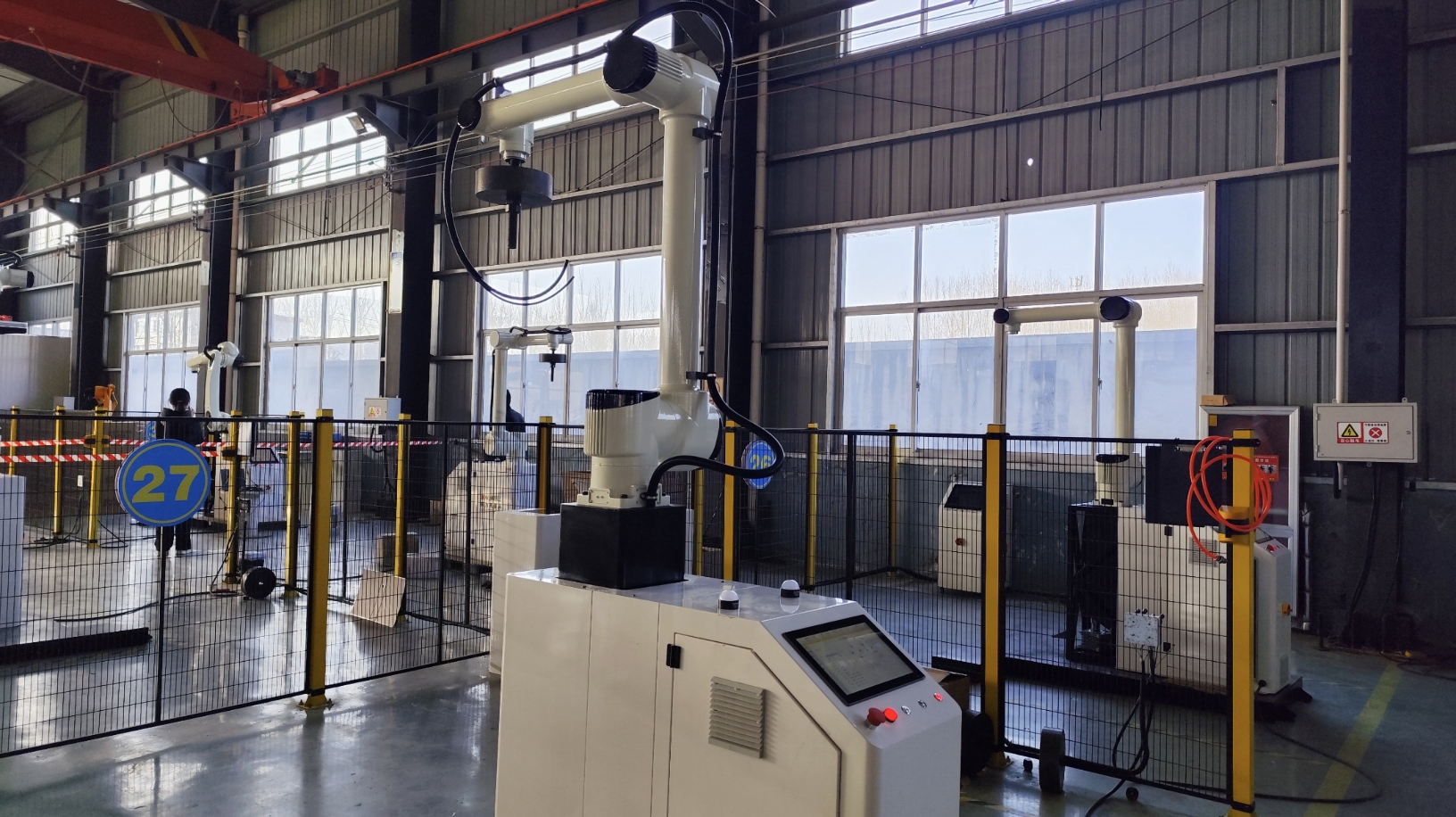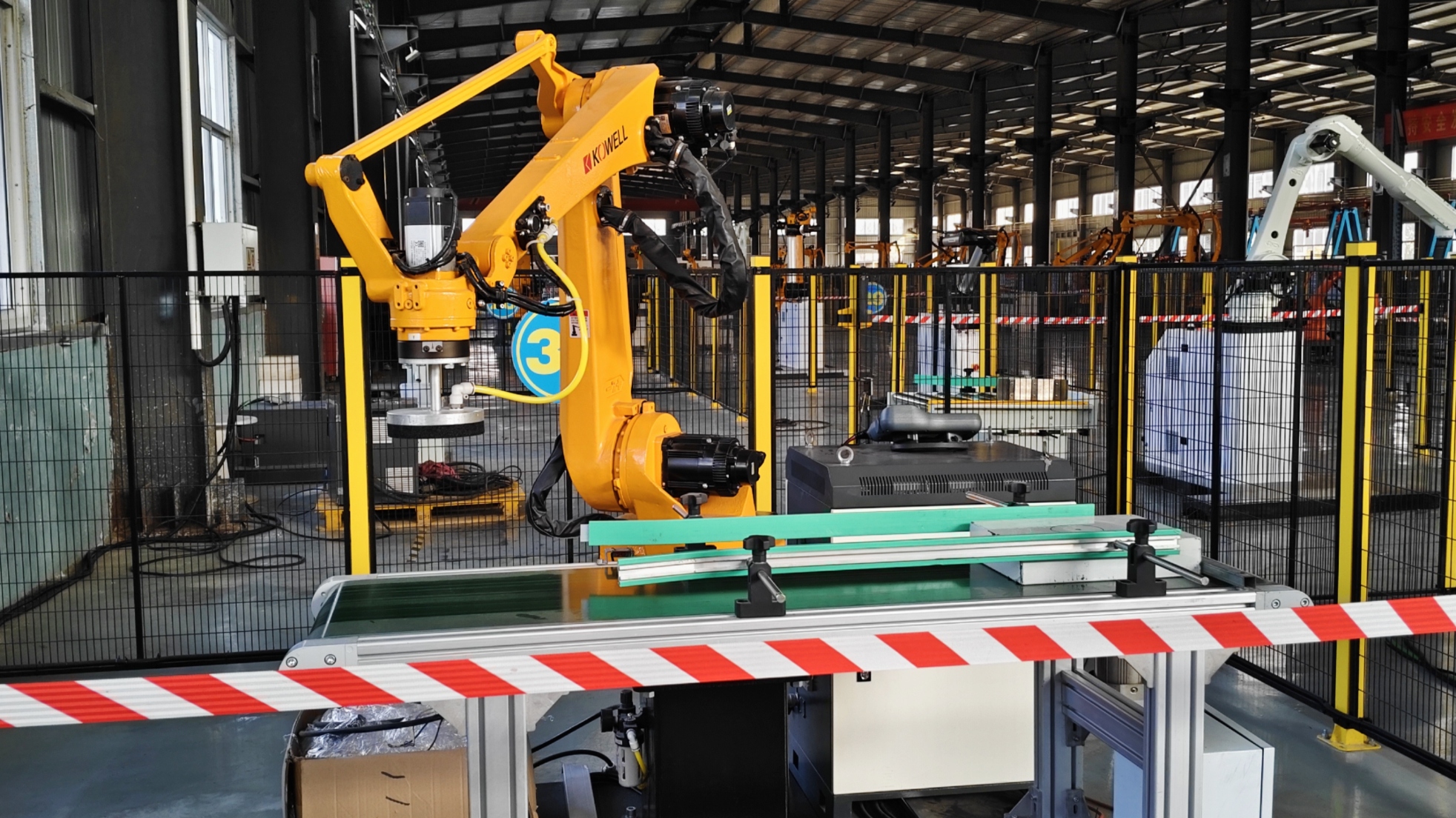With the advancement of Industry 4.0, the face of the manufacturing industry is undergoing earth-shaking changes. Robotic arms used to be more regarded as "substitutes". They were introduced into production lines to replace heavy, monotonous and high-risk manual labor. However, with the advancement of technology and the deepening of application, KOWELL uses hard-core technology to drive the new future of industrial robots. The role of flexible handling automated robotic arms is quietly changing, from the initial "replacement tool" to the "collaborative partner" of enterprises and workers. This transformation not only improves production efficiency, but also changes the working environment of workers and promotes the innovation of manufacturing models.
1. From human substitution to improved production efficiency
Initially, industrial robotic arms were mainly used to replace workers to complete high-intensity and repetitive work. For example, in industries such as food packaging and material processing, manual labor on the production line often requires high physical strength and endurance, while robotic arms can perform tasks such as handling and assembly for a long time, improving production efficiency.
However, with the continuous advancement of technology, the application scenarios of flexible handling automated robotic arms are also expanding, especially in complex production environments. Today's robotic arms can not only perform simple handling tasks, but also adapt to various production needs and perform multiple tasks. Through intelligent and flexible design, these robotic arms can be flexibly adjusted according to the changes in different production tasks, improving the flexibility and adaptability of the production line.
2. From tools to partners: Collaboration between flexible handling automated robotic arms and workers
Although robotic arms were initially seen as tools to replace workers, with the continuous advancement of technology, more and more workers have begun to realize that they are not competing with humans for work, but as partners in collaboration with humans to jointly improve productivity. The introduction of flexible handling automated robotic arms has changed the working environment and job responsibilities of workers.
Flexible handling automated robotic arms help workers reduce their physical burden and improve work safety by taking on most of the high-intensity and repetitive work. At the same time, the collaboration between workers and robotic arms has also promoted the improvement of workers' technical level. Workers are no longer just operators, but "equipment managers" and "production process optimizers." Their work content has gradually shifted from low-end physical labor to higher-value positions, such as debugging, programming and maintenance of robotic arms. This transformation has not only improved the professional quality of workers, but also promoted the improvement of labor efficiency in the entire industry.
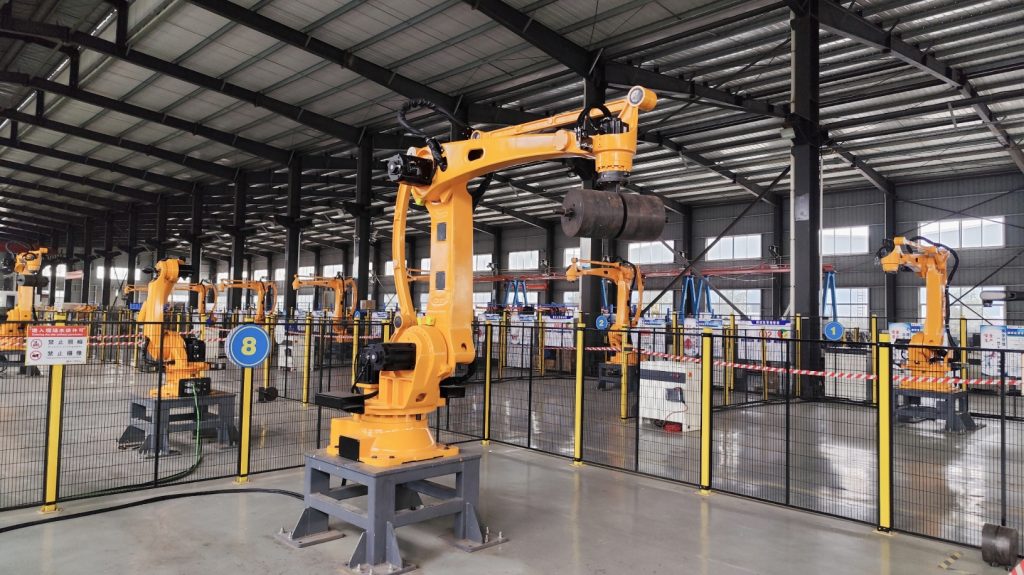
3. Promote innovation in manufacturing models: flexibly respond to market changes
The introduction of flexible handling automated robotic arms has not only changed the production methods within enterprises, but also had a profound impact on the entire manufacturing industry. In the past, production models were often relatively fixed, and production line design and process flow were limited by labor conditions and equipment capabilities. Today, with the advancement of automation technology, especially the application of robotic arms, production lines have become more flexible and can quickly adapt to changes in market demand.
Especially in high-demand industries such as fast-moving consumer goods, products are frequently updated, and traditional production methods often find it difficult to cope with such rapid changes. Industrial handling automated robotic arms enable production lines to be quickly adjusted to meet new production needs while maintaining efficiency and a stable production process through intelligent scheduling and flexible programming. This flexibility enables companies to adjust production plans in a timely manner, reduce inventory backlogs, and reduce costs.
In addition, the collaborative role of automated robotic arms not only improves the production capacity of companies, but also accelerates the optimization of the supply chain. In the context of the e-commerce era, fast delivery is a concern of many industries. With the assistance of automated equipment, companies can more accurately schedule materials and produce and process, reduce waste and improve production efficiency, so that the response speed and reliability of the supply chain are improved.
4. Challenges and prospects: Deep integration of robotic arms and future manufacturing
The advantages of flexible handling automated robotic arms are gradually emerging, but in practical applications, there are still some challenges. The first is the adaptability of technology. Although the current robotic arms have made significant progress in flexibility and intelligence, their flexibility and accuracy still need to be further improved in some complex production environments. Secondly, the initial investment of robotic arms is high, which is undoubtedly an economic burden that cannot be ignored for small and medium-sized enterprises.
In general, industrial multifunctional robotic arms are not only an important tool for the transformation of the manufacturing industry, but also a key force to promote the improvement of enterprise efficiency and change the working environment of workers. With the continuous innovation of technology, robotic arms will become a common "fulcrum" for workers and enterprises to promote the development of the industry. The future manufacturing industry will be more intelligent and flexible, and the cooperation between workers and robotic arms will become an important part of the productivity of the new era.
Conclusion
The role change of flexible handling automated robotic arms is the epitome of the transformation of the manufacturing industry from traditional models to intelligent and collaborative ones. They have gradually changed from alternative tools at the beginning to indispensable collaborative partners in the production process. In the near future, as the technology matures further, KOWELL innovation-driven, born for manufacturing efficiency. Automatic industrial robotic arms will be integrated into every link of the manufacturing industry and become the core force driving industrial development.
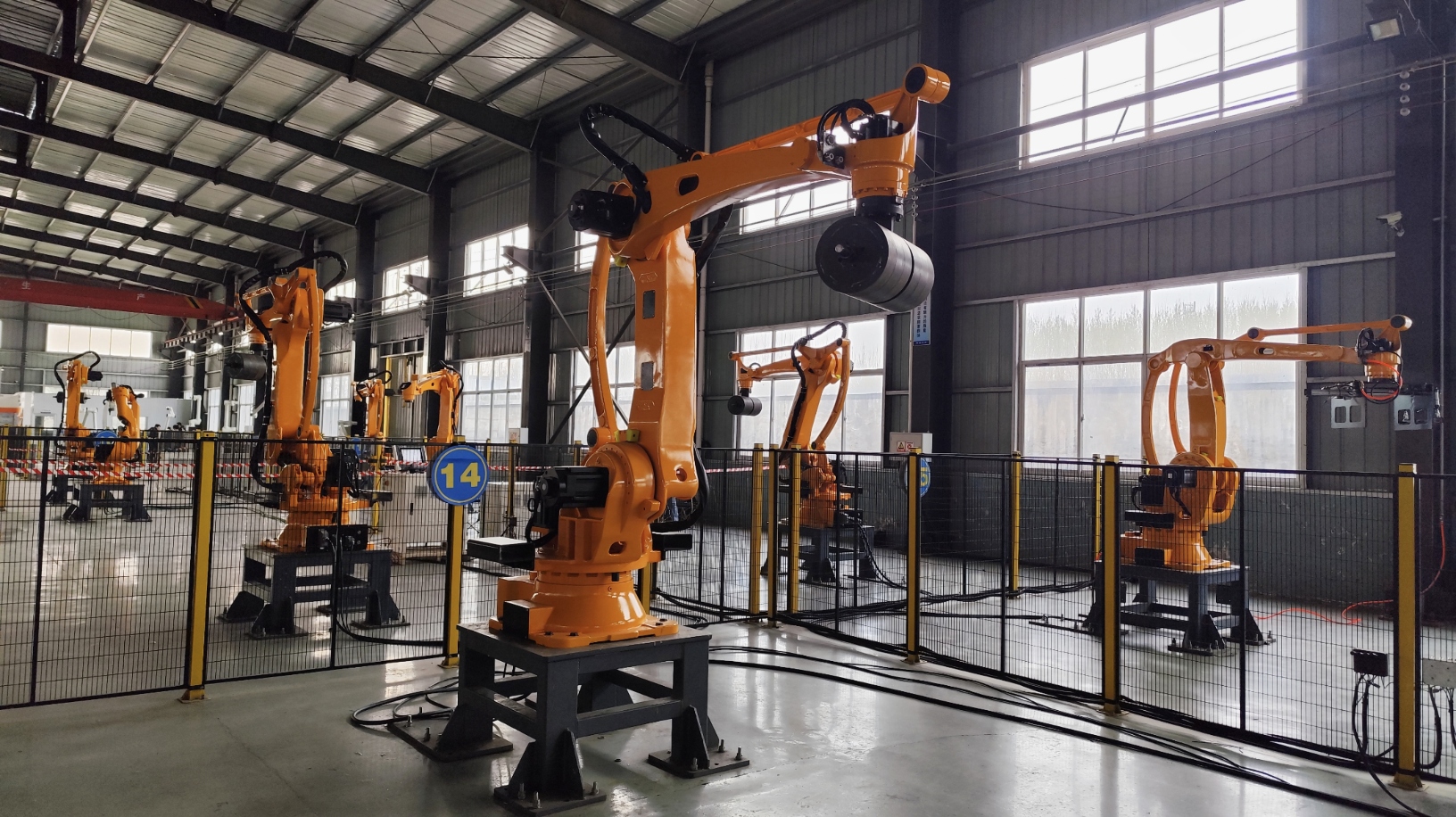
Online Consultation
Hello, the current customer service is offline. You can leave your contact information and the staff will respond to you as soon as possible!


